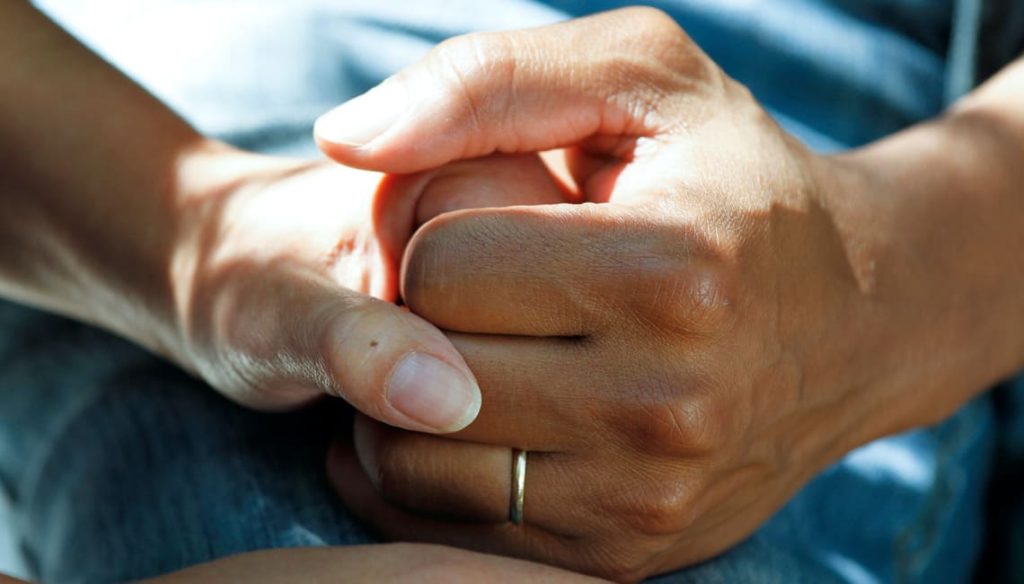
National Cancer Institute
@nci
The tragedy is not that life is short, but that we often only have a belated perception of what really matters.
Elisabeth Kubler Ross
Cancer is the common name given to a group of diseases in which an uncontrolled process is observed in the division of cells in the body. When changes occur in the normal cells of the body, they generate an abnormal growth that gives rise to a lump called a tumor. There are over a hundred documented types of cancer and tumors that appear in all except leukemia (cancer of the blood). The word comes from the Greek oncos which means precisely tumor.
References to cancer in history date back to very ancient times. In manuscripts on the treatment of disease in Egypt and located by autopsies on mummies. The Greek physician Hippocrates, S. IV a.n.e., was the first to name the disease with the name of carcinos relative to the crab, because the abnormal growth of the tissues seemed to him to have the shape of the body of a crab, which was later translated to cancer. The doctor Galen, S.II a.n.e., began to study tumors as a cause of bad humor in the body, such as black bile.
In the fifteenth century, the study of the human body advanced due to autopsies. In 1761, Juan Morgagni suggested that some cancers could be cured with surgery and a century later, with the use of anesthesia, surgery for cancers that had not spread to other organs was regularized. Other doctors of the time said that the cause of cancer was the fermentation of the lymphatic system and the acidity levels in the body. Nicolas Tulp, the famous Dutch doctor from Rembrandt’s painting said that cancer was contagious.
In the 19th century, Rudolf Virchow began to study cancers under the microscope. If the surgeon had not completely removed the cancer or it had spread to other cells, metastasis occurred. At the same time, the first healing methods were developed through radiotherapy. Thomas Beatson discovered that removing some hormone glands in laboratory animals stopped the spread of cancer.
During the 20th century, the various types of this disease were recorded and the technology to detect each one separately was developed. After World War II, a chemical derived from mustard gas was found, used as a weapon, which gave rise to chemotherapy treatments. Despite studies and healing advances, this condition has spread to a large percentage of the world population in recent years.
Until 2021, the information from the World Health Organization, WHO, offers some data:
- Every year 9.6 million people die from cancer
- At least one-third of common cancers can be prevented
- Cancer is the second cause of death in the world
- 65% of cancer deaths occur in poor countries.
The WHO itself states that up to 3.7 million lives could be saved a year with the prevention, early detection, and adequate treatment strategies. By 2030, changes in population growth and aging will increase the number of deaths to exceed 20 million annually; however, these figures could be reduced by between 30% and 50% with preventive measures and the adoption of healthy habits.
Due to its importance in the world population, various international organizations have promoted: World Cancer Day, starting on February 4, 2000, with the purpose of investigating, preventing, raising awareness, and making a call to the community international, to reduce mortality from this terrible disease. One of the great proposals is to make medical diagnosis and treatment equal to all social sectors.
Some of the main risk factors for developing cancer are tobacco and alcohol consumption, overweight, and obesity. Reduced physical activity, excessive consumption of red meat, processed foods, and salt. Reduced consumption of fruits, vegetables, and vegetables. Exposure to X-rays, gamma rays, and other forms of high-energy radiation. Unprotected exposure to ultraviolet radiation from the sun, excessive use of sunlamps, and tanning beds. Exposure to carcinogenic substances such as chemical dyes. Due to infections such as human papilloma, hepatitis B and C, Epstein-Barr virus, or bacteria such as Helicobacter Pylori. People with HIV or AIDS, or other diseases that lower immunity, are also at risk.
Family history and genetic information in some people who are born with high risk or predisposition to the disease. A stressed and deficient immune system exposes you to a higher risk of developing some types of cancer; for example, people who have had an organ transplant and who take medications to suppress their immune system to stop transplant rejection.
Many people who are in the terminal phase of cancer have found lessons during the process of their illness and pain. One of them is always to appreciate life as something invaluable and that time should be used to the fullest, with enormous love towards loved ones without wasting time. This is not a contagious disease that comes from outside like Covid-19, cancer comes from inside the body and as we have said, due to many factors related to each person individually.
The support of family members is of great importance in all phases of the disease, with an emphasis in these times of social distancing. Establish contacts with emotional networks where you share the same concerns. The best place is where people are comfortable and find the necessary empathy. Of course, prayer and spiritual activities are of great help; as well as talking with loved ones, doctors, and psychotherapists about the concerns that overwhelm the sick person.
We now know that cancer occurs silently in our body and the obvious symptoms indicate an advanced stage of the disease; so timely detection and monitoring of changes in all the tissues of our body is essential for treatment and possible cure.
Likewise, we recommend the foresight to order all our personal, legal, and economic matters, without waiting until we receive a difficult diagnosis to fix what is pending, that would be a great legacy of love for our loved ones. Check yourself periodically, take care of yourself, and remember that at Del Pueblo Funeral Home we make the most difficult moments easy.
